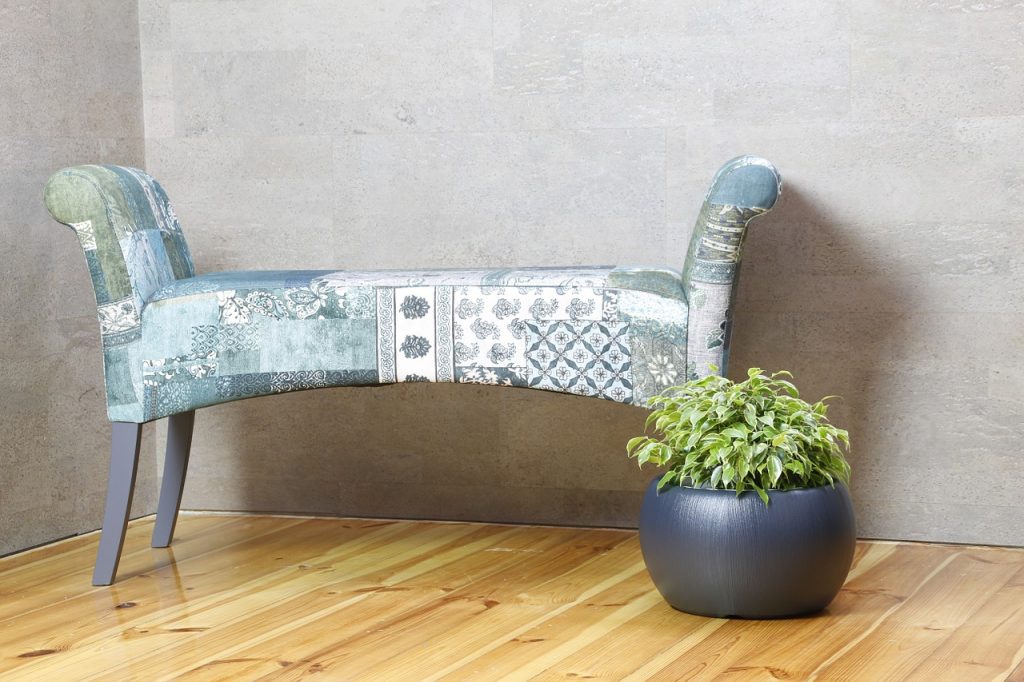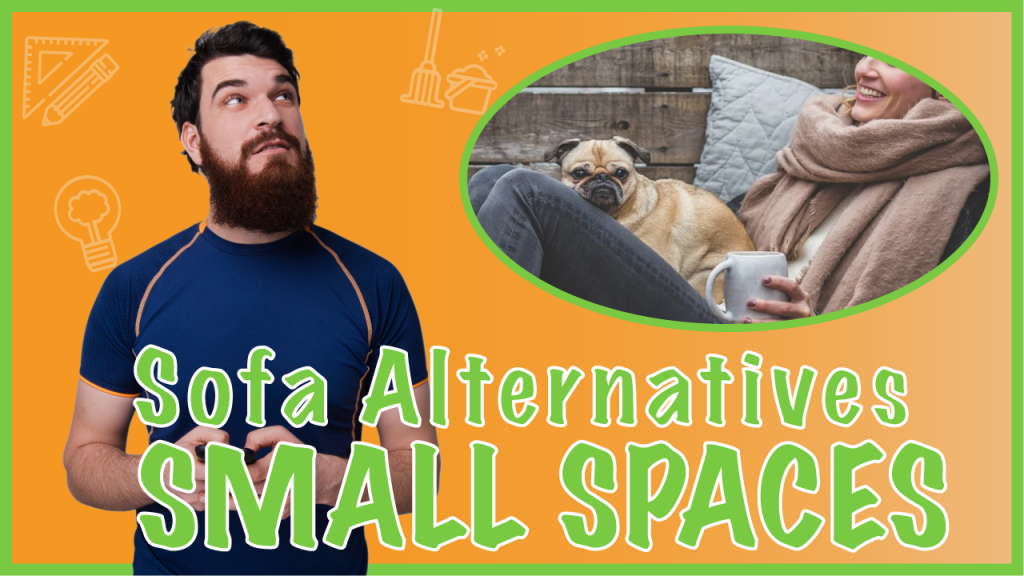Types of Blankets Material | Comparison of Fabric Materials
There is more to choosing a blanket than the size and color, you also must look at the fabric. Blankets can be made from many different types of fabric. They are usually made of cotton, fleece, knitted polyester, woven acrylic, or a blend of different fibers.
Knit fabric is stretchy/flexible but woven fabric is not. While comparing different types of fabric, we find that some types are better suited to become blankets than others. Fabric that is soft, durable, flexible, and insulating is great for creating blankets. The type of fabric chosen also determines the texture and weight of the blanket.
You are currently viewing a placeholder content from Youtube. To access the actual content, click the button below. Please note that doing so will share data with third-party providers.
Cotton
Cotton is one of the best choices of fabric for blankets. Blankets made from 100% cotton material are hypoallergenic, making them a great choice for people with sensitive skin and people with allergies. Baby blankets are most commonly made of cotton because they are gentle enough for a baby’s skin.
This is one of the most breathable materials. However, cotton wrinkles very easily which can be kind of unattractive. Also, this kind of fabric will wear out faster than synthetic fabric. Cotton blankets are lightweight.
Wool and Cashmere
Two of the most liked and most valuable materials are wool and cashmere. For this reason they are usually more expensive than others. Wool tends to come from sheep while cashmere tends to come from goats. Wool blankets are great at holding in heat but cashmere is usually stronger and better at insulating.
Wool is very irritating to people with sensitive skin due to the nature of the wool fibers, but cashmere usually does not have that same effect. These materials must be washed with care.
Unlike other types of material, they can only be washed with a gentle detergent such as Woolite. Cashmere can be dried in the dryer on low but wool should be air dried. Blankets made from wool or cashmere are either mid weight or heavyweight.
Satin
Satin is smooth and luxurious feeling fabric that is both comfortable and decorative. People like the sheen of it and how it slides quietly against other fabric.
It is prone to snags and thread pulls, so it does not look good if not handled carefully. Satin must be washed on the delicate/gentle cycle and washed with gentle detergent. This type of fabric is mid weight.
Polyester and Acrylic
While these fabrics will eventually get worn out like all others, they last a lot longer. These are both synthetic, otherwise known as man made. The colors on polyester fabric are likely to last longer and stay more vibrant than colors on any other common fabric.
Polyester will not wick away sweat like cotton, so you may feel uncomfortable if you get very warm inside of a polyester blanket. Acrylic is wrinkle free and cheap, but basically plastic and is not very soft. Polyester maintains softness after multiple washes but acrylic loses its softness faster.
Polyester and acrylic can both be washed and dried like regular laundry. They are much easier to maintain than natural fabrics. And they will not shrink in the process. Blankets made from these fabrics are lightweight or mid weight.
Bamboo
This material is incredibly soft and hypoallergenic. It feels like cashmere and will actually get softer over time due to repeated washes. It is odor resistant and naturally antibacterial, but certainly should be washed regularly.
Baby blankets can be made from bamboo because the fabric is soft, warm, hypoallergenic, and safe. Organic baby blankets are commonly made from cotton or bamboo, which are the best fabrics for baby blankets. This is a lightweight fabric.
Video About Popular Fabrics Used for Blankets
Sometimes a video can help illustrate topics better than articles. Here is a video about the pros and cons that common fabrics come with. In this video, you will learn more about the many material qualities and related information.
If you are looking to purchase a blanket soon or purchase fabric to make your own blanket, this information will help you. It is only 11 minutes long and if you click ‘show more’ in the video description area, you will see a way to skip to certain parts of the video. Here is the link to the video:
You are currently viewing a placeholder content from Youtube. To access the actual content, click the button below. Please note that doing so will share data with third-party providers.
In Closing
There are many fabric types, each with its own great qualities. Fabric makes a difference in the blanket’s quality and how it can be used. This is a fascinating topic to explore. Thank you for reading.


